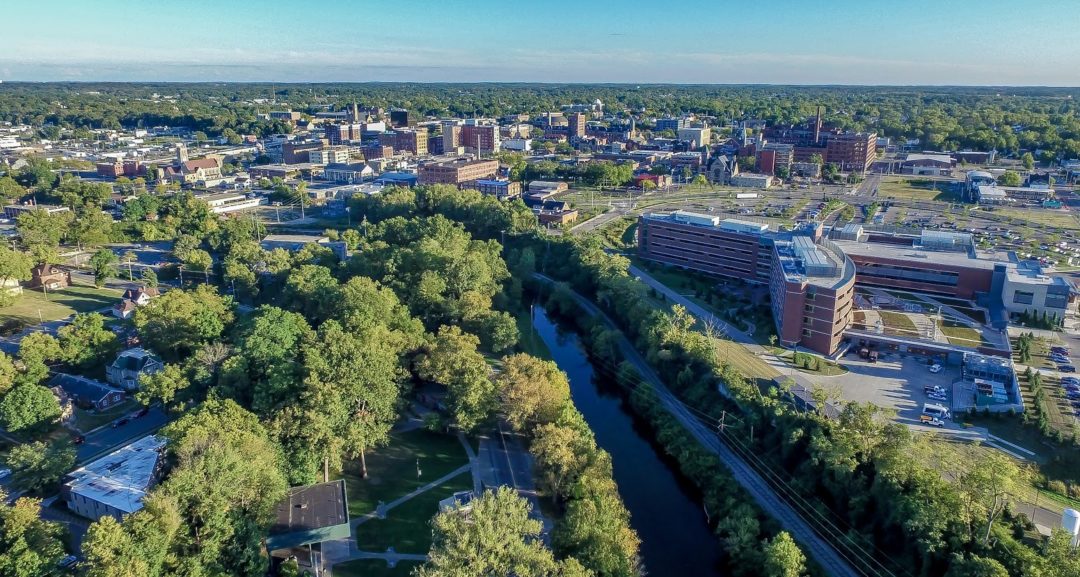Natural disasters have a tendency to be intrusive in the least of welcome places. A city can never be fully equipped to combat the consequences of such devastation. As the anniversary of the destructive floods that overtook parts of Colorado approaches, we reflect on what communities can do to reduce the economic and environmental scars left behind from such disasters.
A dense tree canopy can help reduce flooding during times of heavy rain. The Tree City USA program serves as a practical guideline for cities desiring to maintain a healthy community and urban forest.
Trees serve as sponges during rainfall, soaking up rainwater. So when there are fewer trees there is more stormwater runoff. When shrubs and trees are planted along waterways they slow down flood waters, filter runoff from land, and reduce erosion in erosion-prone rivers. Check out our Trees Tame Stormwater interactive poster for a visual of how much a robust tree canopy helps a city during a storm.
Without trees, the rivers would eat away at adjoining property and fill reservoirs with silt. In addition, untreated sewage can flow into waterways, contaminating water supply and destroying natural habitat. Adding heavy rain into the mix only creates more stress and water overflow for the city.
Flat surfaces also contribute to flooding, especially in areas where trees are absent. When heavy rain falls and storm drains reach capacity, rainwater has nowhere to go so it sits along streets and sidewalks accumulating in volume and damaging property.
If your community has a strong community and urban forestry program in practice than it is one step closer to mitigating stormwater runoff. To qualify as a Tree City USA community, a town or city must meet four standards established by the Arbor Day Foundation and the National Association of State Foresters. The Tree City USA program is a key component of a healthy urban and community forestry program.
Is your community a Tree City USA recognized community?



